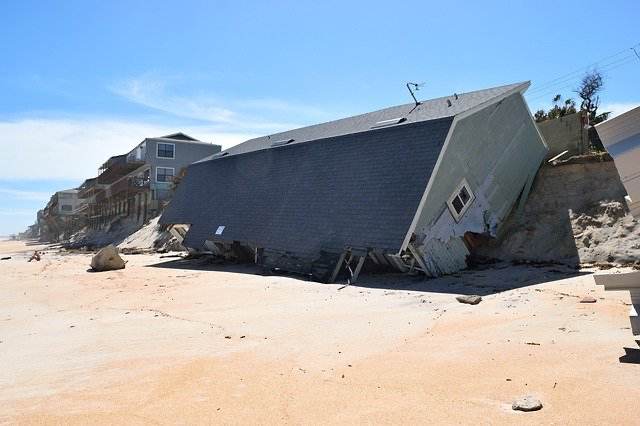Analysts from Peel Hunt warn that with reinsurance market appetite for certain property catastrophe risks uncertain, some re/insurers may find themselves retaining more secondary peril exposure and it’s “not obvious that third-party capital will rush in to fill the gap.”
 Appetite for certain areas of property catastrophe risk are changing among both traditional reinsurance firms and third-party capital providers, including the insurance-linked securities (ILS) market.
Appetite for certain areas of property catastrophe risk are changing among both traditional reinsurance firms and third-party capital providers, including the insurance-linked securities (ILS) market.
Where, in recent years, all natural perils coverage may have become almost standard for many catastrophe reinsurance buyers, it seems that going forwards they may need to be more strategic about their protection buying, in order to retain an equivalent level of cover.
At the same time, re/insurers are going to have to be more aware of managing their inwards risks, to avoid becoming over-exposed to perils that potentially may not be as simple to cede to the reinsurance and capital markets, it seems.
Peel Hunt’s analyst team warns that nine-month 2021 results suggest many in the insurance and reinsurance sector are considering reducing their property catastrophe risk in 2022, after another year where their returns-on-equity (ROE’s) look set to fall below cost-of-equity.
Insurers are reinsurers are in many cases looking to diversify their portfolios out, while avoiding too much exposure to so-called secondary peril and the types of weather perils that have driven frequency losses in recent years.
But this heightened earnings volatility risk may also become harder to control with reinsurance, as some are shying away from broader, all natural peril type covers and also secondary perils.
“Insurance cedents risk retaining more property catastrophe risks, particularly for secondary perils, if they are unable to pass this on to the (re)insurers,” the analysts at Peel Hunt caution.
They also believe that the ILS market is no longer a source of capacity that can be looked towards to take certain perils and broad, all encompassing catastrophe coverage products.
Saying, “It is not obvious that third-party capital will rush in to fill the gap.”
Reinsurance rates and pricing are set to harden again at the January renewals, the vast majority of market participants and observers seem to agree.
The shift towards named-peril coverage also continues apace, as too do efforts to tighten up other terms and conditions that have resulted in unwanted, unexpected, or even unmeasured, exposure for reinsurers and ILS funds in recent years.
So far, the renewal negotiations are proving sluggish at best, we understand, with issues around catastrophe risk classes, secondary perils, aggregates and more, all serving to make for a slow kick-off to the more meaningful stages of renewal discussions.
All of which means Peel Hunt’s analyst team is right. If you’ve written an inwards book that is heavy in peak and secondary catastrophe or weather perils, securing the broad reinsurance coverage to protect you against losses from that book, in the same way you were protected in prior years, is definitely not going to come as cheaply as before, or may simply not be possible.
Meaning there is a risk that some insurance and reinsurance carriers go into 2022 with more exposure to certain catastrophe perils than they would have anticipated a year ago.
Of course, those willing to pay will always find a level of protection. But the cost of broader covers, aggregates and frequency covers targeting these secondary peril events, looks set to become much higher and may prove unaffordable for some.
For reinsurance firms, the availability of retrocession has declined and looks set to again at the renewals, while the types of retro coverage products available may also be greatly reduced.
Many of the larger reinsurers can live without a full complement of retrocessional protection, but for smaller companies and those that don’t manage their own third-party capital, managing their PML’s from catastrophe risks may get a lot harder in 2022 it seems.
 View all of our Artemis Live video interviews and subscribe to our podcast.
View all of our Artemis Live video interviews and subscribe to our podcast.
All of our Artemis Live insurance-linked securities (ILS), catastrophe bonds and reinsurance video content and video interviews can be accessed online.
Our Artemis Live podcast can be subscribed to using the typical podcast services providers, including Apple, Google, Spotify and more.































